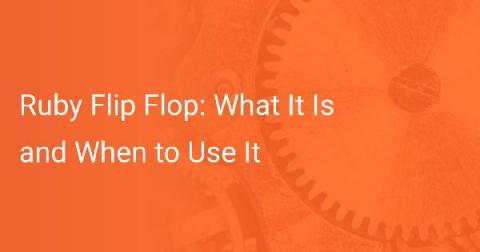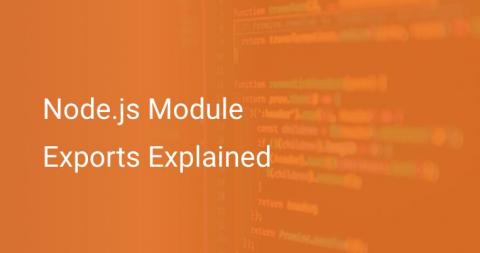Ruby Flip Flop: What It Is and When to Use It
Apart from being a synonym to a sandal, a ruby flip-flop refers to a system that comprises two alternating (on/off) states that one can switch between. This can be pretty helpful when you want to loop through arrays and capture contiguous subsets that lie between specific bounds (you’ll understand more of what I mean as you read along). However, not many programming languages have leveraged a mechanism like this.





